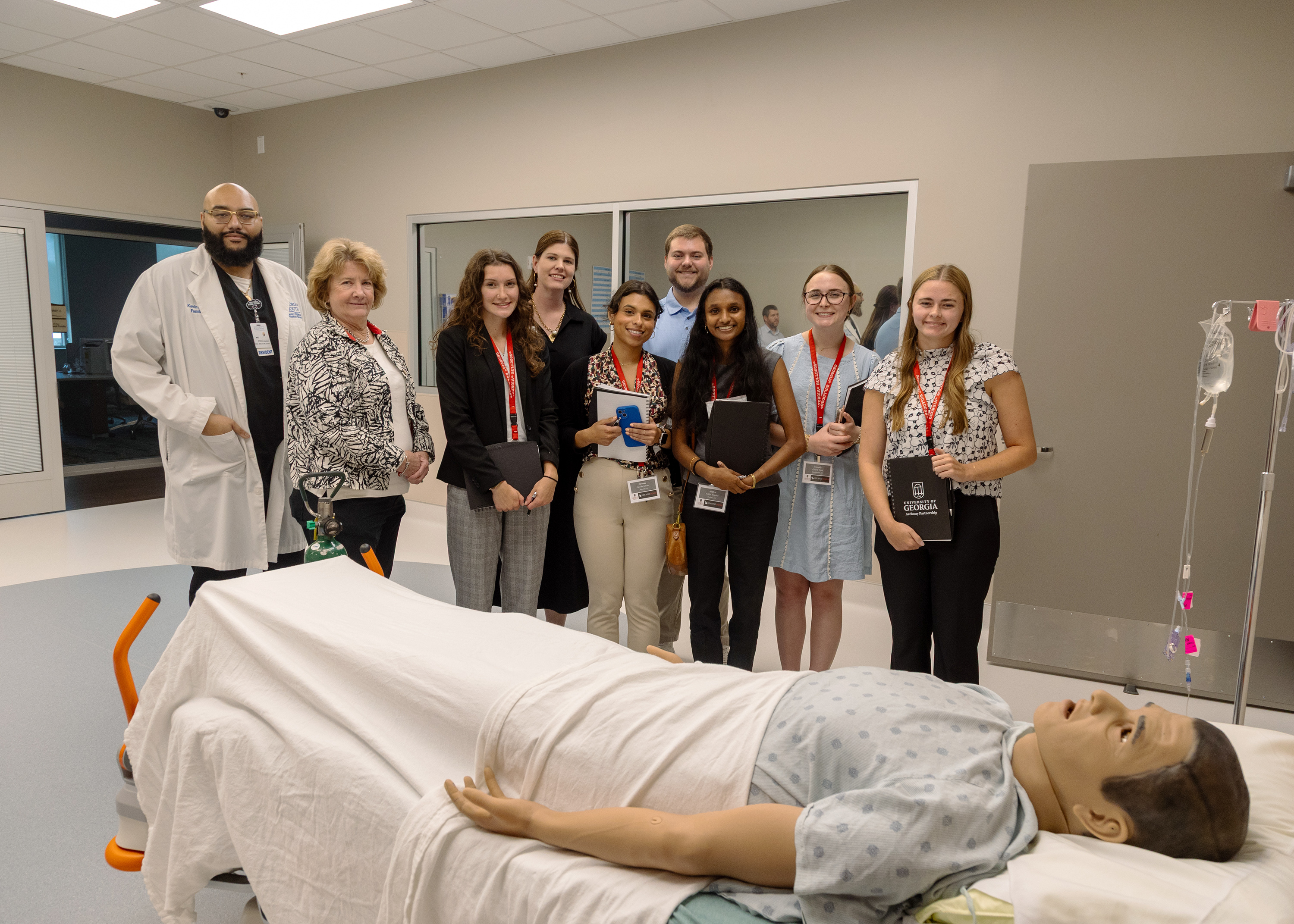EDITORIAL: We hope hospitals are ready for this
Published 6:52 pm Tuesday, April 21, 2020
On Monday, Gov. Brian Kemp announced plans to allow businesses to reopen on a limited basis following a shelter-in-place order that’s been in place about a month. He acknowledged the possibility more people will get infected with coronavirus, but he said the state has expanded medical capacity to be able to handle a surge.
We can only hope he’s right.
The justification for social distancing and shelter-in-place orders and all the other efforts we’ve made to “flatten the curve” has always been to keep the number of people who are sick at any one time less than hospitals’ capacity to treat them. Shortages of coronavirus tests, personal protective equipment and the ventilators that the most seriously ill need to survive have been reported on at length.
We are not medical experts, so we can only repeat what the experts have said:
• COVID-19, the disease caused by the coronavirus, has symptoms similar to the flu, so the illnesses have been compared from very early on. But COVID-19 is significantly more contagious and deadlier. Researchers are having trouble pinning down how much more contagious and how much deadlier because of insufficient testing.
• Somewhere between one-quarter and one-half of the people who have the coronavirus don’t have any symptoms. They may not even know they have it, so they can continue to work, shop and participate in civic life as those opportunities reopen. It also means they can transmit the virus to other people, who might then get sick.
• Among those who have symptoms, sometimes the symptoms are minor. Most patients can stay home and get well. The Georgia Department of Public Health’s website reports 19,398 confirmed cases across the state as of Monday evening, but only 19% of those (3,702 patients) required hospitalization. The state did not say how many of those 3,702 required ventilators.
• Early reports emphasized that the disease is more dangerous for elderly people and people with underlying medical conditions like high blood pressure, diabetes or asthma. In fact, three-fifths of the state’s confirmed cases are in the 18-59-year-old age group. But the patients who are most likely to be hospitalized, most likely to need a ventilator and most likely to die are in those vulnerable groups. Don’t read “most likely” as “the only ones,” though, because otherwise healthy young people have died from COVID-19, possibly because of an overactive immune response — at least that’s one hypothesis that doctors are pursuing; they don’t really know yet.
• By reducing the number of people who interact with one another, social distancing limits the ability of the virus to move from a person who has it to one who doesn’t. Fewer people infected means fewer people sick, fewer people in hospitals and fewer people on ventilators.
As we remove the limits that have been put in place by governments, people will begin to resume interacting the way they did before. The virus will be able to more easily move from a person who has it to one who does not. More people will get sick, and more people will need medical help to survive.
Kemp says Georgia’s medical facilities are prepared to handle them. We very much hope so.





